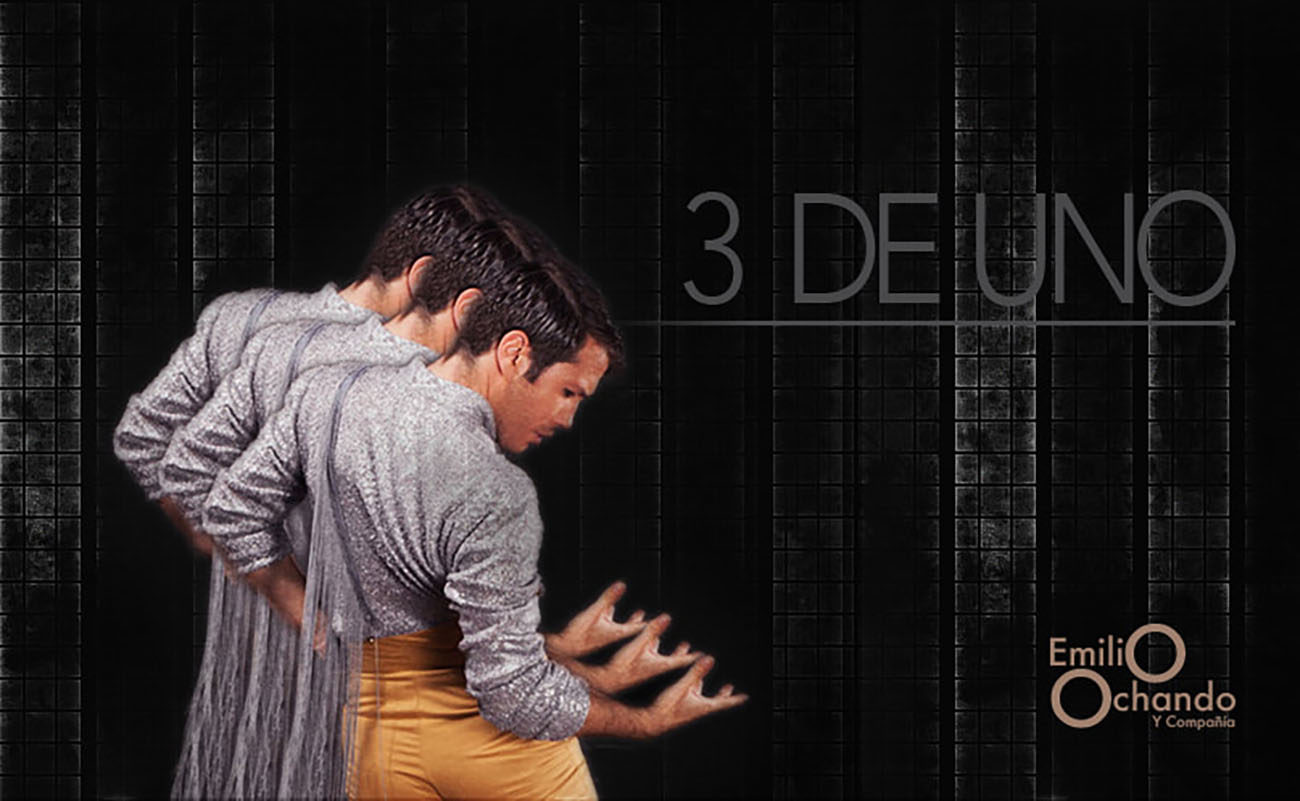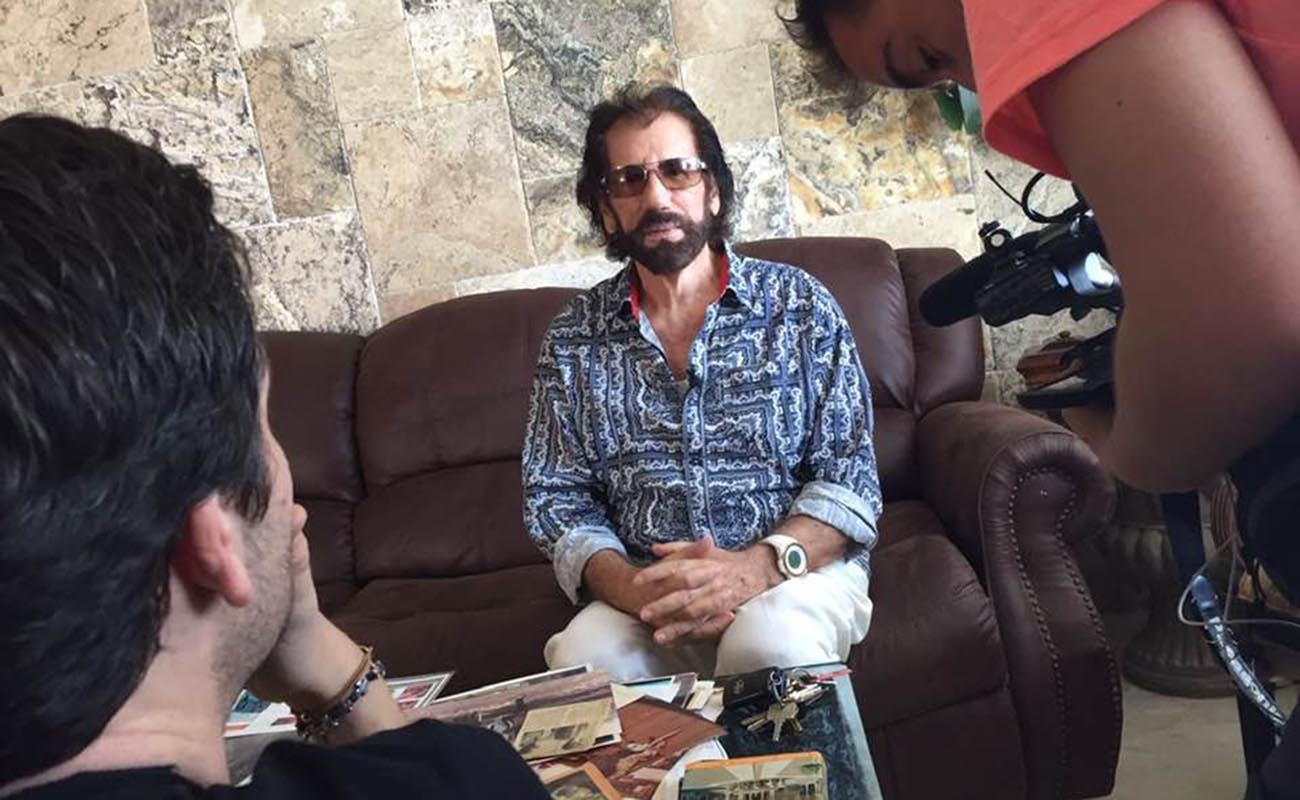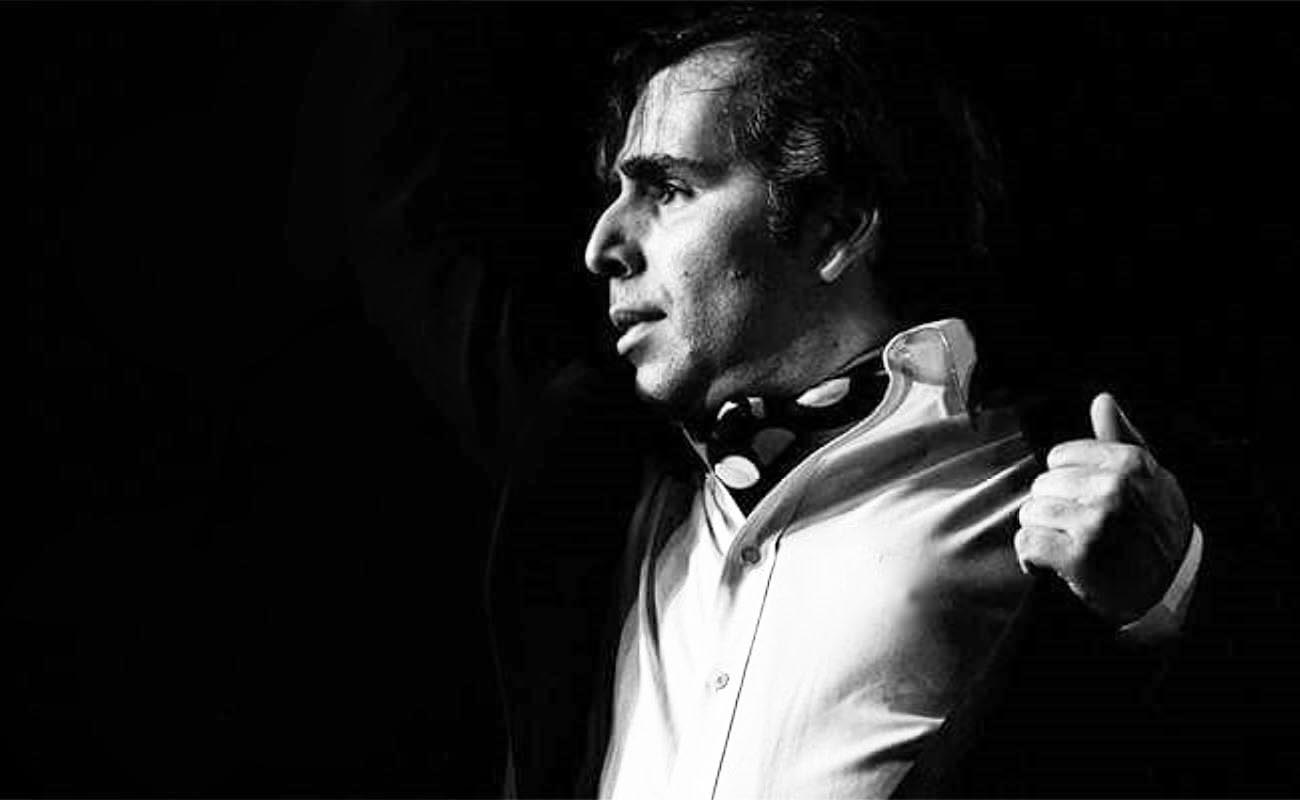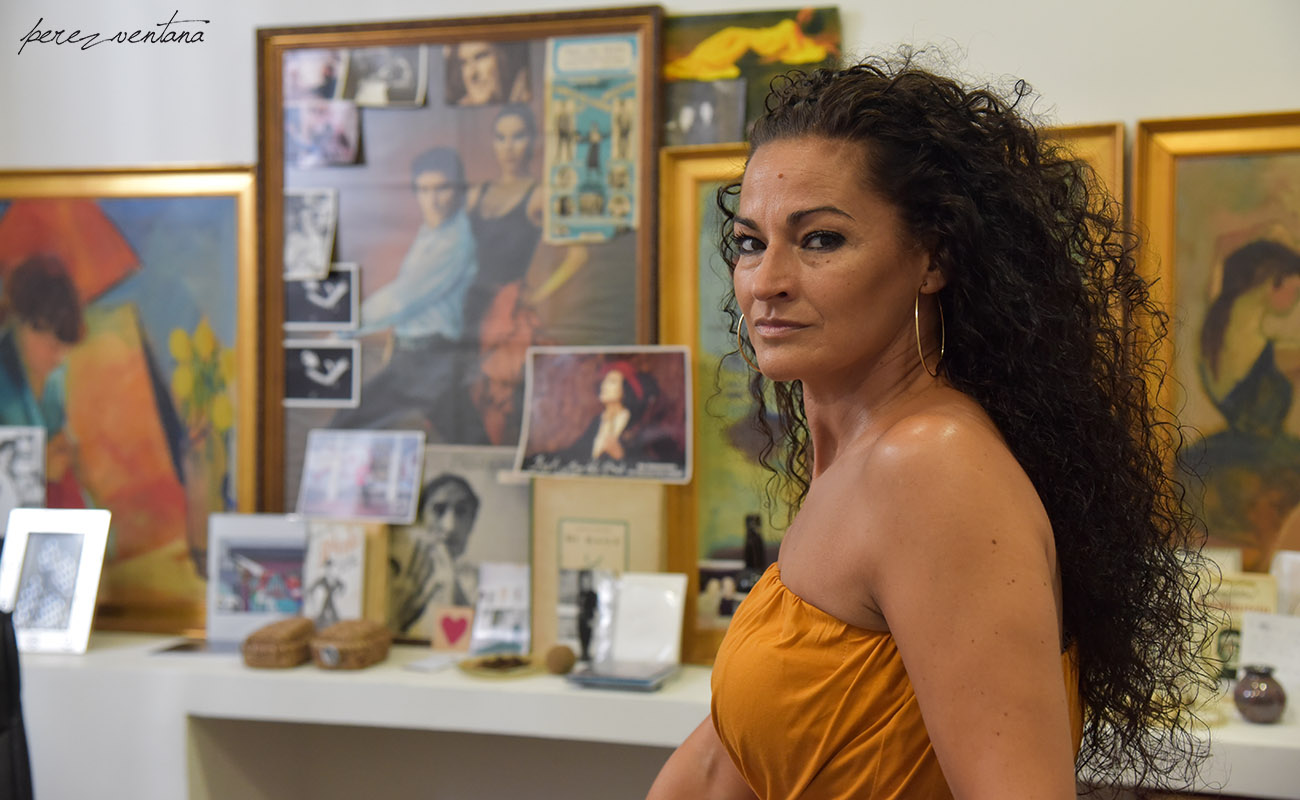Emilio Ochando: «The dance has a great virus and it seems that there is no remedy to heal it»
The EmiliOchandoYcía company presents a new dance project: “3DEUNO”, featuring the three essential styles of Spanish dance (Escuela Bolera, Folklore and Flamenco), a novel combination from a technical and stylistic perspective. This production will be performed at the Festival de Jerez, at the Sala Compañía venue, on Thursday, March 1, at 7 PM.

The EmiliOchandoYcía company presents a new dance project: “3DEUNO”, featuring the three essential styles of Spanish dance (Escuela Bolera, Folklore and Flamenco), a novel combination from a technical and stylistic perspective. This production will be performed at the Festival de Jerez, at the Sala Compañía venue, on Thursday, March 1, at 7 PM.
Featuring in the Festival de Jerez is something major. How do you feel about it?
I feel a lot of responsibility, as it’s my first time. I’m also very eager to be able to show my work and my vision about Spanish dance and flamenco.
Why is Jerez so special in the presentation of 3DEUNO?
The show focuses on Spanish dance and flamenco, in all its aspects, so I believe it’s important to show all the main styles such as escuela bolera, folklore and flamenco with a contemporary vision, without ignoring (and respecting) tradition. Jerez is an important place to achieve those goals.
What will we watch at the Sala Compañía venue?
Well, my intention is to show the diversity of Spanish dance and flamenco, so in my line-up I have great professionals, both of baile (Carmen Angulo and Carmen Coy) and music (Daniel Jurado and Makarines). It’s all part of 3DEUNO. As the tittle suggest (“3 De Uno”, meaning “three of one” or “three of each one”), we perform three different styles in one show, with three dancers dancing the particular style, and three musicians providing the sound and melody to the show.
Are you more concerned about the past or about the future?
I look to the future, but without ignoring the past. I never forget where I come from, or where I’m going.
In which of these styles do you feel more comfortable: dance, folklore, escuela bolera or flamenco?
I can say I feel comfortable in all these styles, because each of them makes me feel in a different way, conveying distinct sensations and then I take them to my playing field, to the way I conceive dance.
How’s your assessment of the state of dance, nowadays?
Dance seems to have been affected by a strong virus, and seems it has no cure. People should think in a different way when they watch or talk about dance, it deserves more respect and it should be more accessible, so everyone could see the good things it offers, or would offer, to the society that surrounds us.
From your early days, what do you remember as background music?
I remember my grandfather listening to Miguel de Molina and Rafael Farina, my grandmother singing old songs while she worked, my mother listening to La vida breve and Las Bodas de Luis Alonso, my father with Miguel Poveda, José Mercé…
Can success be achieved without sacrifice…?
I cannot conceive success without working in the background, without an extra effort, however I won’t call “sacrifice” to do something I love, so what I do doesn’t feel like a sacrifice. It’s a matter of achieving goals and overcoming challenges, and that prompt us to work harder.
Getting back to the show… What is the contribution of Los Makarines?
Los Makarines, together with Daniel Jurado, make up 50% of the show and they provide all that’s necessary to get people dancing. The main thing on a stage is to feel wrapped in voices and toque, feeling that we are many, yet being all focused, all in one.
As a creator, what inspires you?
My head is always in motion, so I always have my notebook at hand to write down all the things I come up during the day, and then I give them shape. Another essential aspect for me is the music. I’m fortunate of having a good team, we get together, I explain my perspective, and then we create the musicality for each show. They always get it right at the first try, so I often tell them: “you always inspire me and get my imagination flowing, it’s a real pleasure [working with you]”
You’ve travelled all around the world. Which public, city of theater have given you the greatest satisfaction?
I could name lots, because the public all over the world is very faithful, but if I had to chose one country, I’d pick Japan, they have a great respect for art. Regarding cities, I’d pick New York, which never sleeps and always makes me want to come for more. I also have fond memories of the Sant Margareten theater in Vienna (Austria), where we had an audience of 5,000 people every day for two months, and the Royal Opera House (London), where I shared an event with Tamara Rojo. It’s a theater where you can breathe art.
Are there dance companies renowned for training dancers (the so-called “dance quarries”)?
There is excitement, there is talent, but there are no “dance quarries”. All companies are smaller ventures, there are no large companies which allow for the training and development of dancers.
Translated by P. Young




